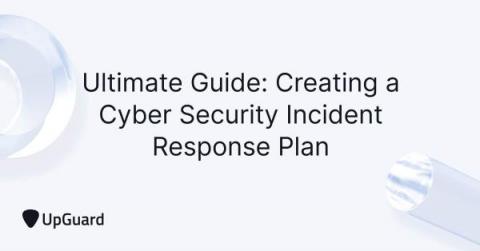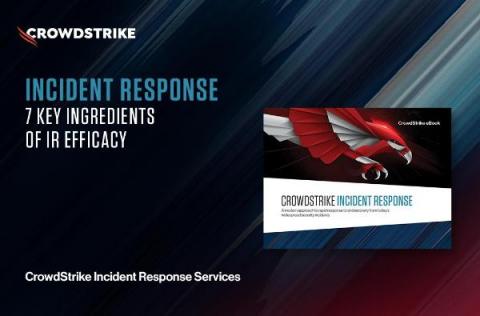Ultimate Guide: Creating a Cyber Security Incident Response Plan
A cybersecurity Incident Response Plan (CSIRP) is the guiding light that grounds you during the emotional hurricane that follows a cyberattack. A CSIRP helps security teams minimize the impact of active cyber threats and outline mitigation strategies to prevent the same types of incidents from happening again. But as the complexity of cyberattacks increases, so too should the strategies that prevent them.











